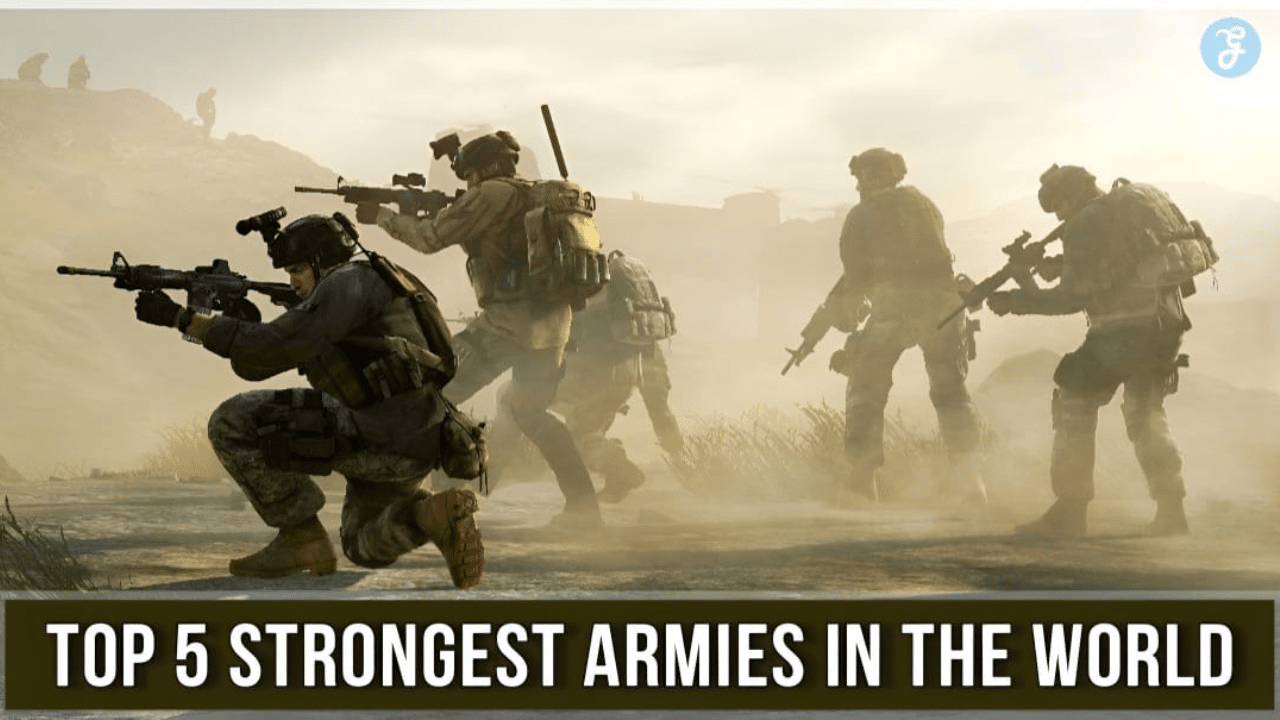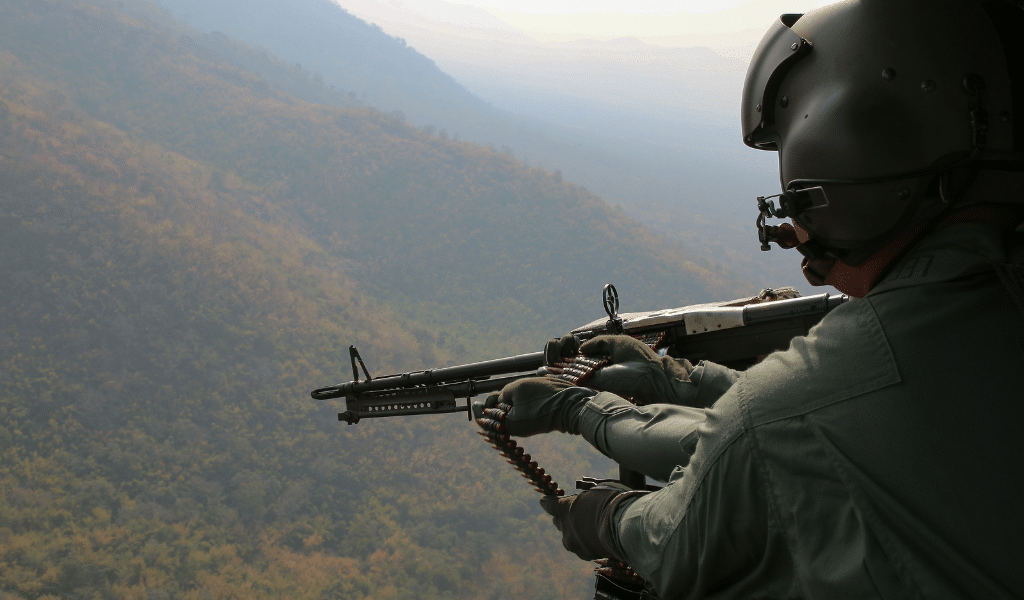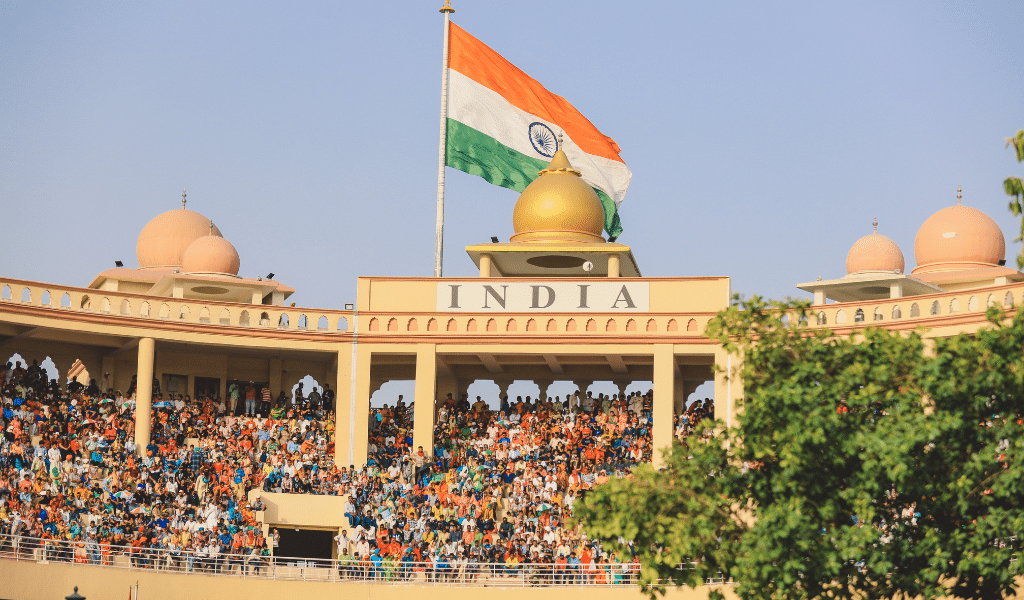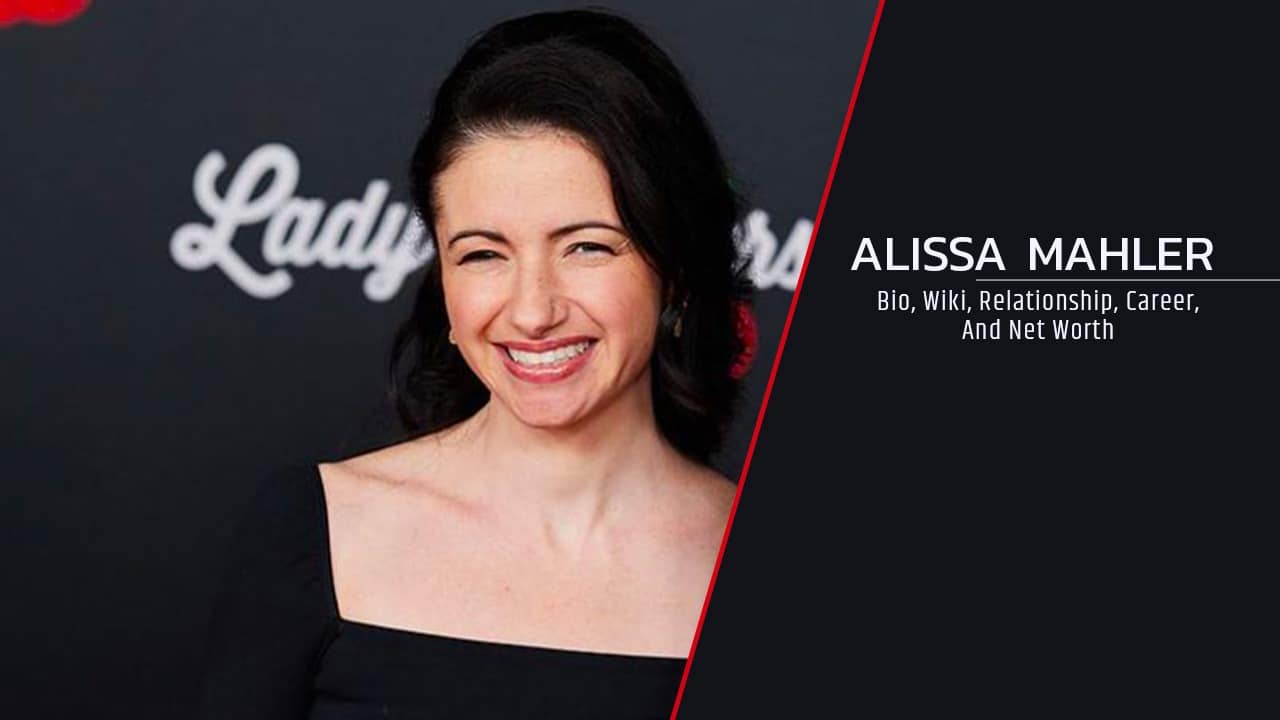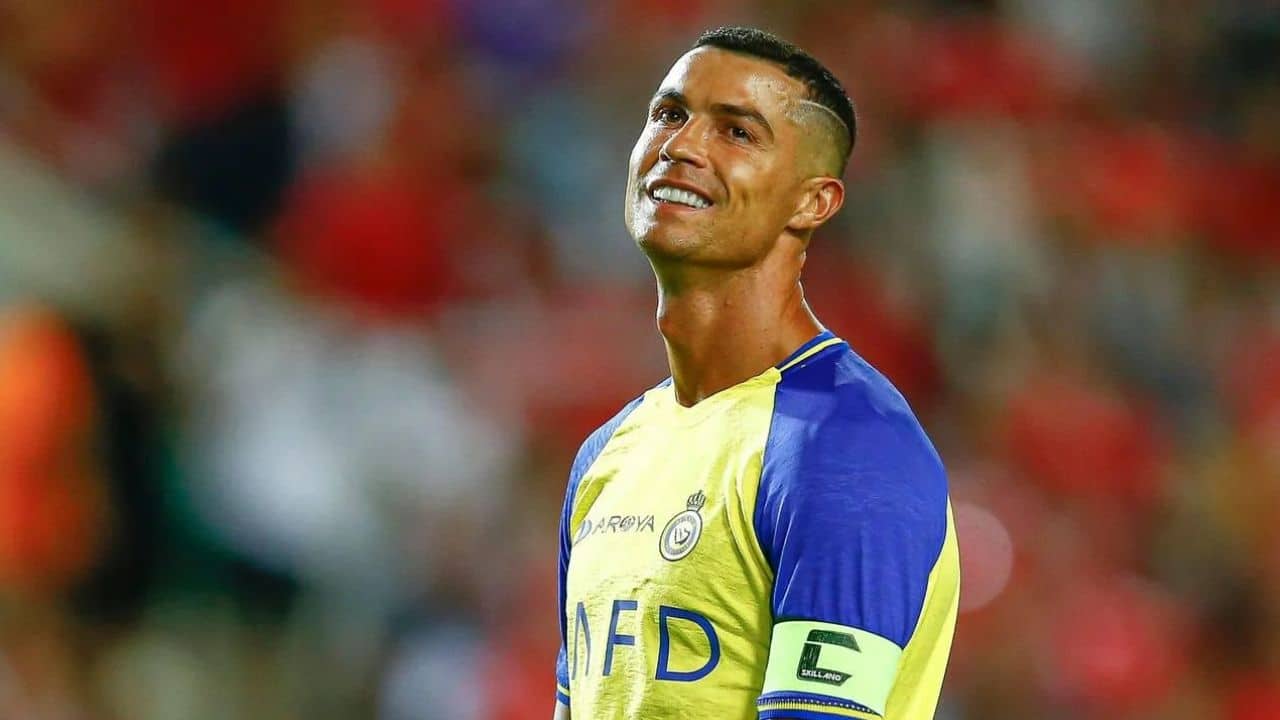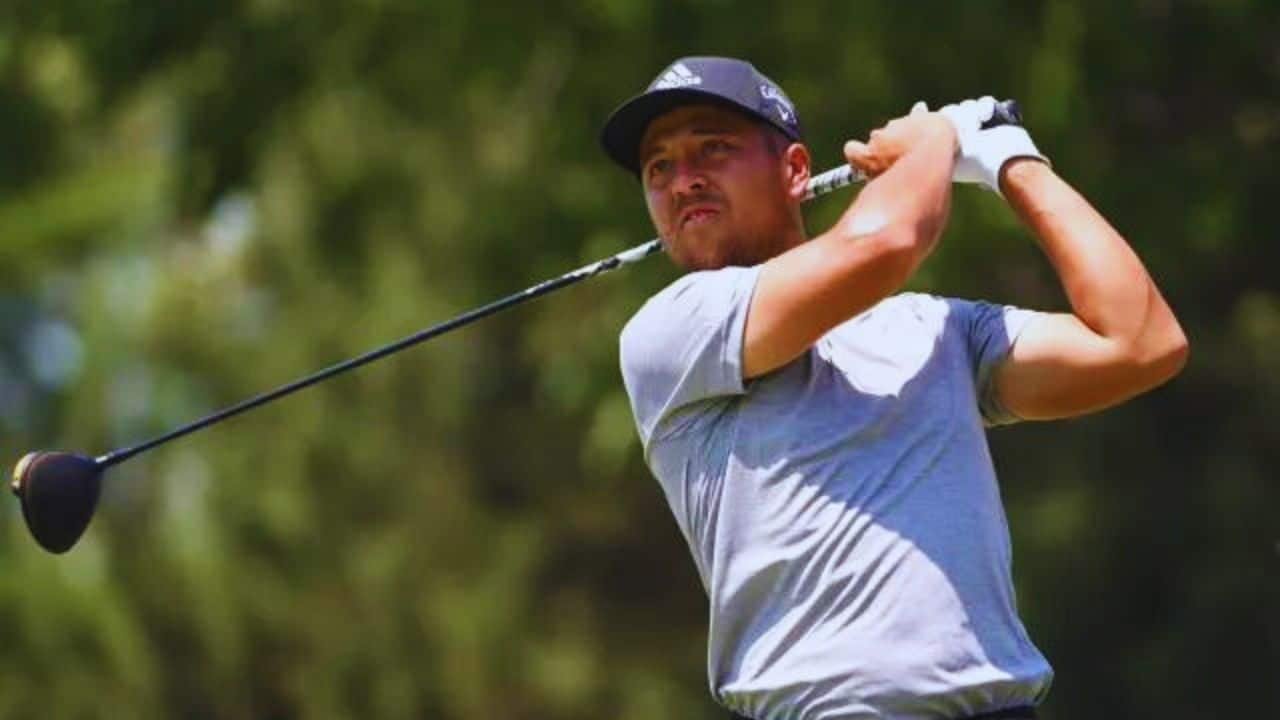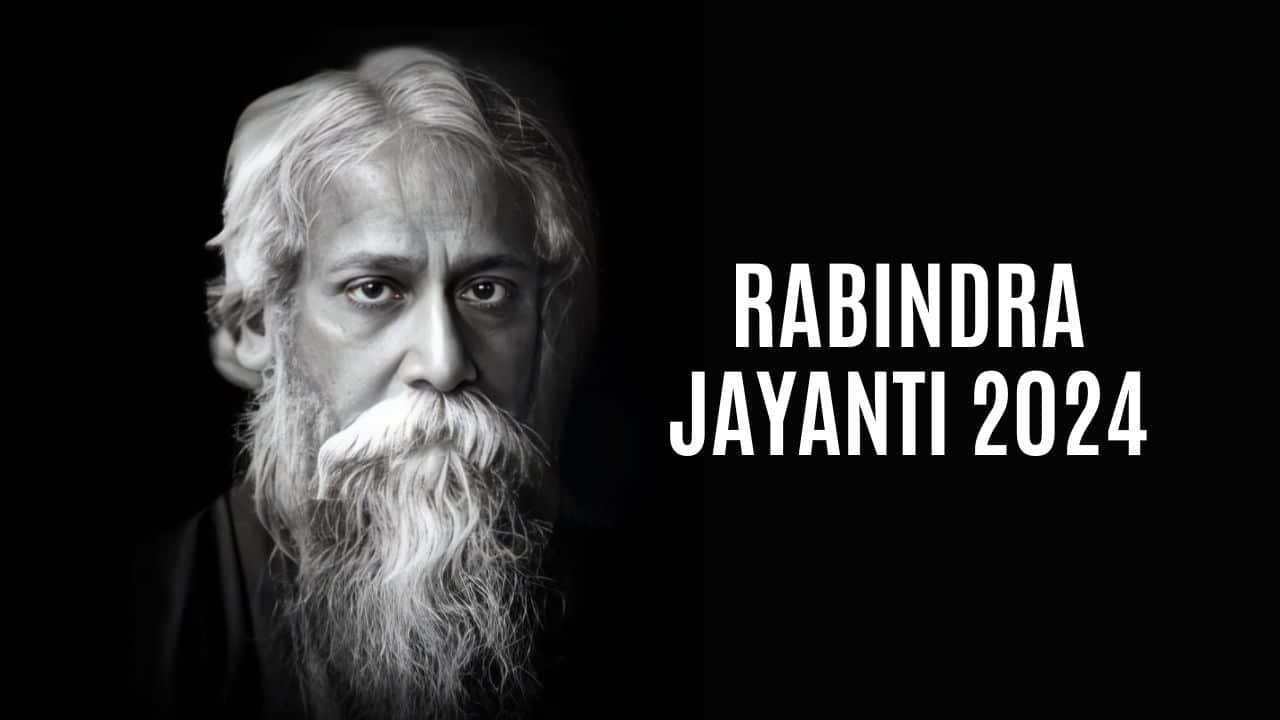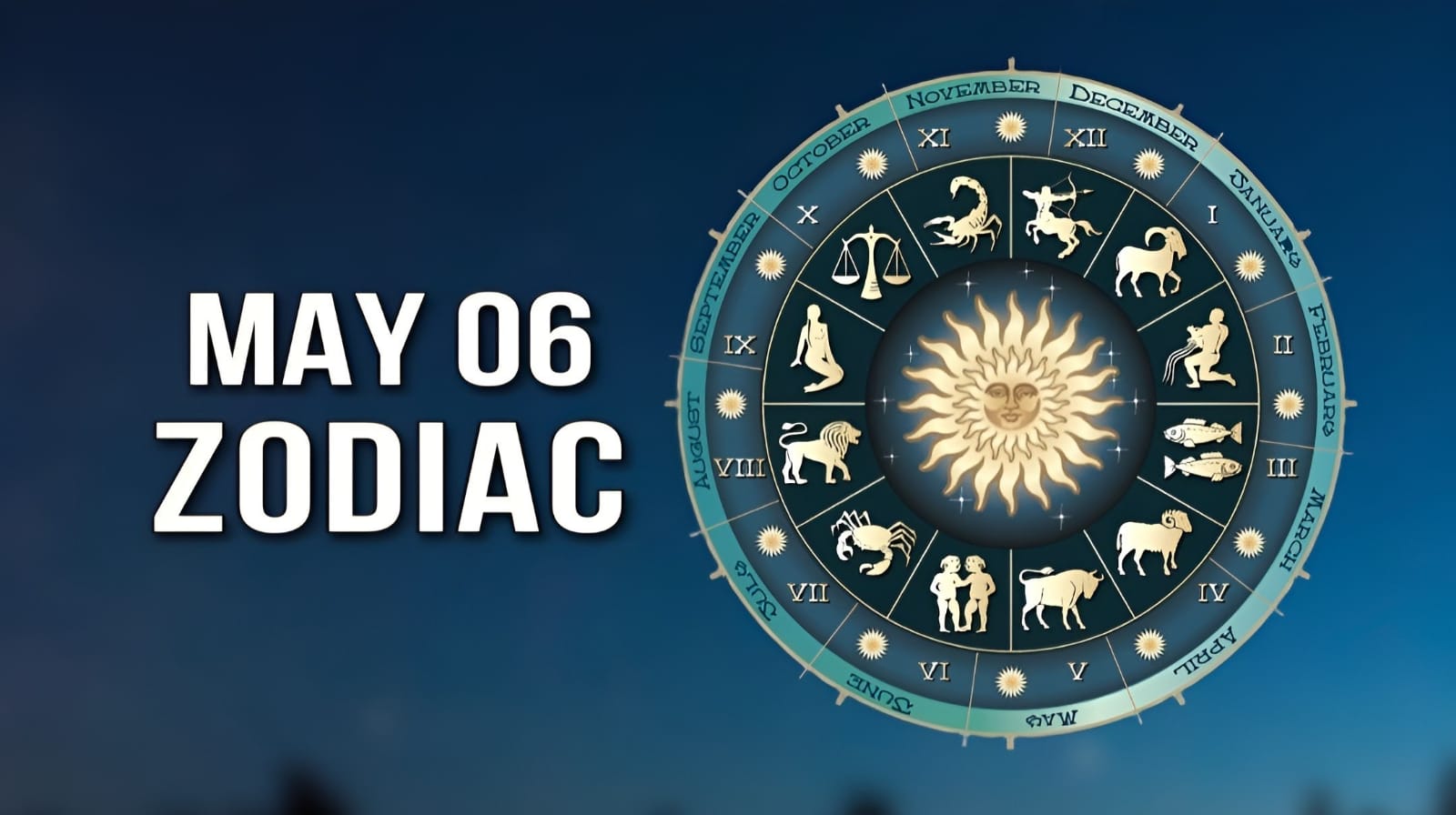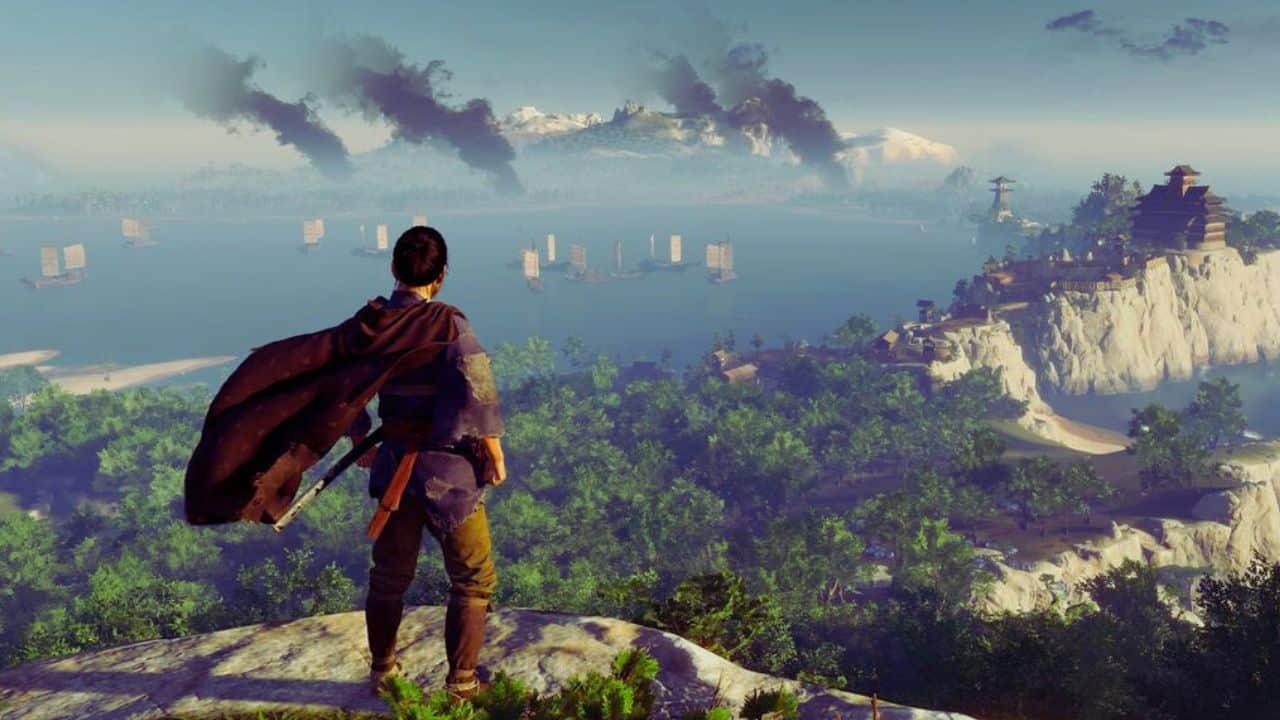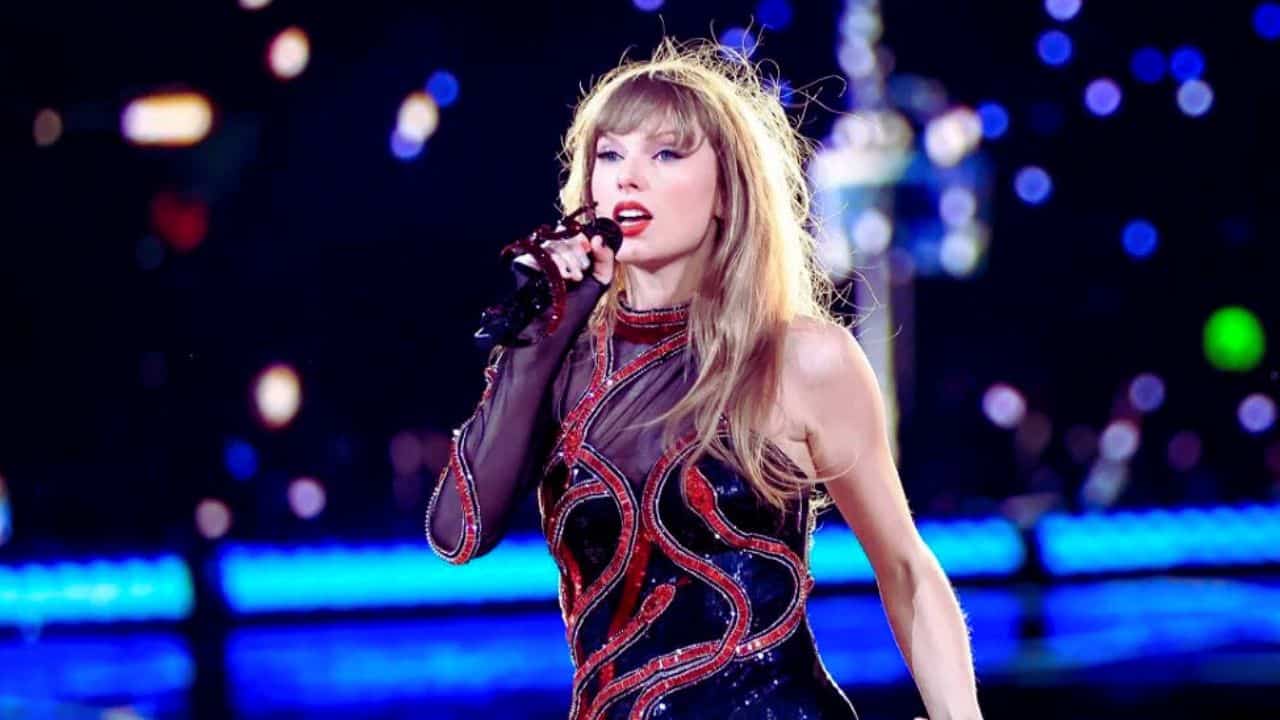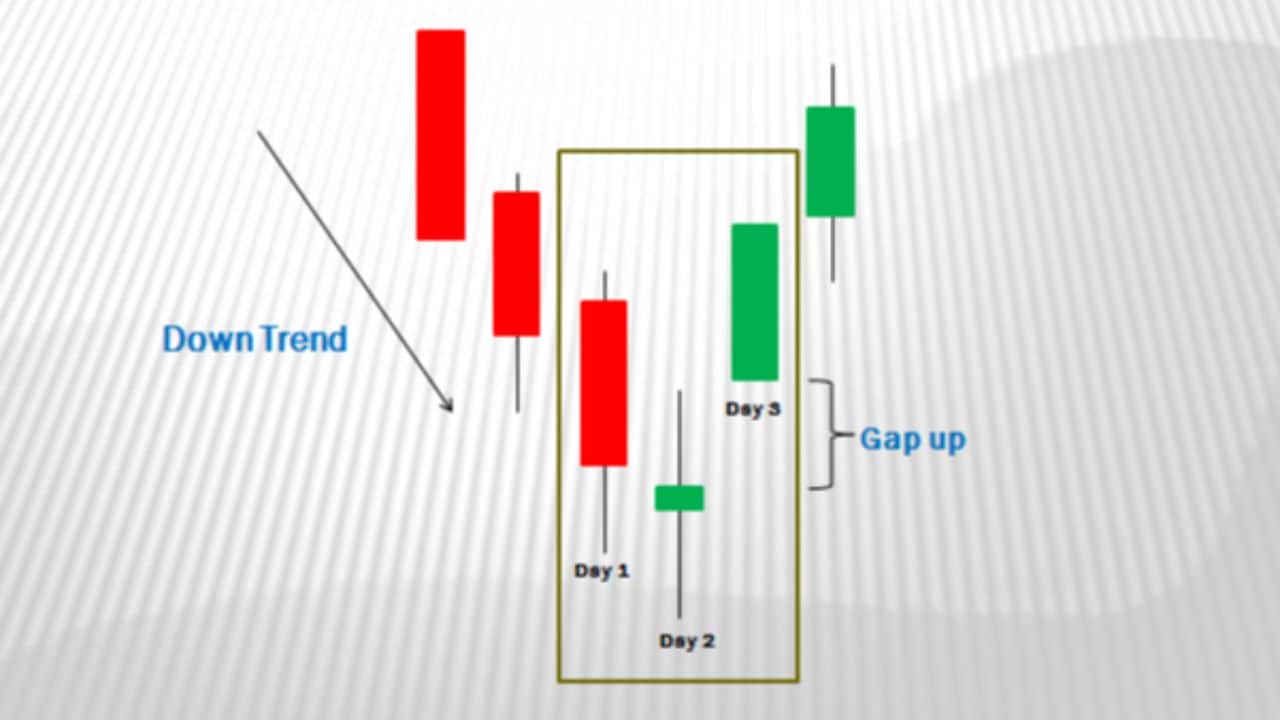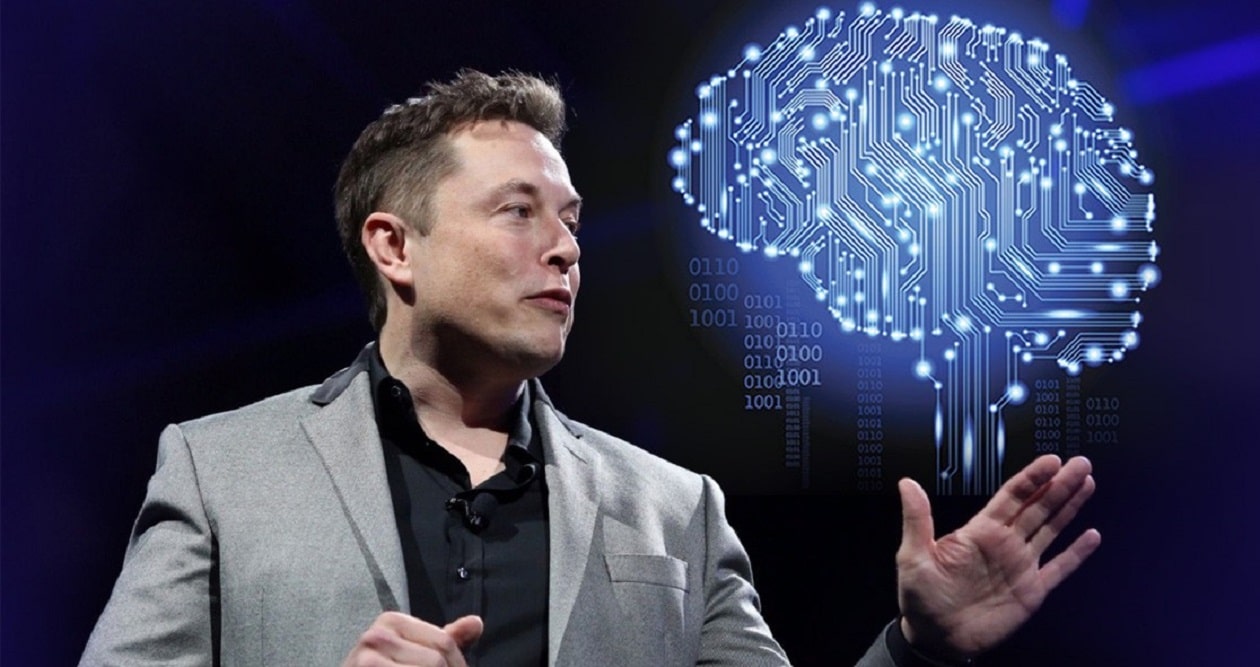The army in a country refers to the organized military force that is responsible for defending the nation, maintaining security, and carrying out military operations when necessary. Are you interested in learning about the top 5 strongest armies in the world?
In the ranking of strongest armies in the work the 5 is in the first place. Next there is Russia and in third place it’s China.
Just read this article and explore more about the top five strongest armies, understand their capabilities, and find out what makes them so powerful.
The Significance of the Military Army in Society
In today’s society, there is an ongoing debate about the relevance and necessity of the military army in modern countries. Some argue that the funds allocated to the military could be better utilized elsewhere.
However, the reality is quite different from what people might think. The importance of the military army extends beyond crisis situations and even times of peace. It serves a vital role in the functioning of a country, performing numerous tasks that often go unnoticed by society.
The military army is an exceptional organization characterized by a multitude of values, such as brotherhood and generosity. Its members are individuals who willingly put their lives on the line to ensure the well-being and security of their fellow citizens.
They are dedicated professionals who abide by the constitution, laws, international agreements, and human rights treaties, while also adhering to the principles of international humanitarian law and the laws of war. While the military army engages in humanitarian and social activities within society, its primary mission is to defend the nation’s security in case it is threatened.
Furthermore, the military army plays a significant role in maintaining the stability of a nation. Its presence strengthens both internal and external politics. If this institution were to cease to exist, it could lead to destabilization in political affairs. Therefore, it is essential to recognize the armed forces as a factor for national stability.
Additionally, efforts should be made to enhance the capabilities of the police force to effectively combat issues like drug addiction and gang activities that disrupt the peace and order of society. Striking a balance between the military forces and citizen participation is crucial for establishing and maintaining order and peace.
At Aucal, you have the opportunity to receive specialized training in Military History, where you can gain a comprehensive understanding of the significance of the army and delve into the major conflicts that have shaped our society into what it is today.
Please note that the opinions expressed in this rephrased text reflect the original author’s perspective.
Top 5 Strongest Armies in the World
Now we’re at the main segment. We’ll start it with a quick overview table. So, let’s check it now.
|
Military Force |
Active Personnel |
Reserve Personnel |
Budget (Estimated) |
Primary Branches |
|
Japan Self-Defense Forces |
247,150 |
56,000 |
$53.1 billion |
Japan Ground Self-Defense Force, Japan Maritime Self-Defense Force, Japan Air Self-Defense Force |
|
Indian Army |
Approx. 1,444,000 |
Approx. 960,000 |
$61 billion |
Indian Army |
|
People’s Liberation Army (PLA) of China |
Approx. 2,035,000 |
Approx. 510,000 |
$237 billion |
Ground Force, Navy, Air Force, Rocket Force, Strategic Support Force |
|
Russian Armed Forces |
1.15 million |
Approx. 2 million |
Not specified |
Ground Forces, Navy, Aerospace Forces, Special Operations Forces |
|
United States Armed Forces |
Approx. 1,281,900 |
Approx. 811,000 |
$778 billion |
Army, Marine Corps, Navy, Air Force, Space Force, Coast Guard |
5. Japan Self-Defense Forces
Established in 1954, the Japan Self-Defense Forces (JSDF) is the unified military force of Japan. Comprising three branches—the Japan Ground Self-Defense Force (JGSDF), the Japan Maritime Self-Defense Force (JMSDF), and the Japan Air Self-Defense Force (JASDF)—the JSDF operates under the Ministry of Defense, with the Prime Minister serving as the commander-in-chief. The JSDF’s primary focus is on self-defense and safeguarding Japan’s security.
Structure and Personnel
The JSDF has an active personnel strength of 247,150 and a reserve force of 56,000. Its headquarters are located in Tokyo, Japan. The three branches operate in their respective domains, with the JGSDF responsible for ground-based operations, the JMSDF ensuring maritime security and defense, and the JASDF handling aerial defense and surveillance.
Budget and Expenditures
The JSDF’s budget for the fiscal year 2023 amounts to approximately ¥6.82 trillion (US$53.1 billion), which represents around 1.22% of Japan’s GDP. This allocation allows for the maintenance and modernization of equipment, as well as training and operational activities.
International Peacekeeping and Security Cooperation
The JSDF has engaged in international peacekeeping operations, working in collaboration with the United Nations to contribute to global stability. In recent years, tensions with North Korea and concerns over China and Russia have led the JSDF to strengthen its security cooperation with various countries. Increased military cooperation with Australia, India, Taiwan, South Korea, Singapore, the United Kingdom, and the United States has been pursued, including joint exercises, intelligence sharing, and technology acquisition.
Evolution and History
The JSDF’s establishment followed a period of post-World War II military occupation and a subsequent focus on self-defense. While Japan’s constitution renounces war as a sovereign right, interpretations of Article 9 have allowed for the JSDF’s existence and its evolving role in self-defense. Over time, the JSDF has modernized and adapted to address emerging security challenges, including the threats posed by regional adversaries.
Contributions to Global Security
Apart from its regional defense responsibilities, the JSDF has actively participated in international peacekeeping efforts. This involvement has included humanitarian assistance, disaster relief operations, and support for stability and reconstruction in conflict-affected regions. The JSDF’s contributions to global security underscore Japan’s commitment to international cooperation and its role as a responsible member of the international community.
Ongoing Debates and Public Scrutiny
The role and capabilities of the JSDF are subject to public debate and scrutiny in Japan. Discussions on defense policy, military expenditures, and the JSDF’s international engagement are ongoing, ensuring transparency and accountability in decision-making processes. The JSDF’s actions and developments are closely monitored both domestically and internationally, reflecting the importance of maintaining a robust and responsible defense posture.
4. Indian Army
The Indian Army is the land-based branch and the largest component of the Indian Armed Forces. It has a rich history and plays a crucial role in ensuring national security, defending the nation from external aggression and internal threats, and maintaining peace and security within its borders. This article provides an overview of the Indian Army’s history, organization, and its primary mission.
History
- Formation and Integration: The Indian Army was formed in 1895, absorbing the presidency armies of the East India Company. The princely states’ armies were later merged into the national army after independence.
- Battles and Campaigns: The Indian Army has a diverse history, having participated in numerous battles and campaigns worldwide, earning various battle and theatre honours.
- Wars and Major Operations: The army has been involved in four wars with neighboring Pakistan and one with China. It has also undertaken major operations like Operation Vijay, Operation Meghdoot, and Operation Cactus. Additionally, the Indian Army has actively participated in United Nations peacekeeping missions. Additionally, read about the benefits of hiring a criminal lawyer.
Organization
- Supreme Commander and Chief of Army Staff: The President of India serves as the Supreme Commander of the Indian Army. The professional head is the Chief of Army Staff, a four-star general.
- Field Marshals: Two officers have been conferred the rank of field marshal, a ceremonial position of great honor.
- Commands and Divisions: The Indian Army is operationally and geographically divided into seven commands, with the division being the basic field formation.
- Regiments: Permanent regiments, responsible for their own recruiting and training, exist below the division level.
Role and Mission
- National Security and Unity: The primary mission of the Indian Army is to ensure national security and unity, defending the nation from external aggression and internal threats.
- Humanitarian and Rescue Operations: The army conducts humanitarian rescue operations during natural calamities and other disturbances, providing assistance in times of need.
- Internal Security: The Indian Army can be requisitioned by the government to cope with internal threats, maintaining law and order within the country.
- Component of National Power: Alongside the Indian Navy and Indian Air Force, the army is a major component of national power.
Strength and Modernization
- Size and Personnel: The Indian Army is the largest standing army in the world, comprising over 1.2 million active troops and 960,000 reserve troops.
- Modernization Programs: The army has undertaken modernization programs for its infantry, armor, artillery, and aviation branches, such as the Futuristic Infantry Soldier As a System (F-INSAS).
The Indian Army has a long and illustrious history, with a diverse range of operations and campaigns. Its primary mission is to ensure national security, unity, and peace within India’s borders. As the largest standing army globally, it plays a vital role in safeguarding the nation and maintaining stability. Through its dedicated personnel and ongoing modernization efforts, the Indian Army continues to serve as a pillar of national defense.
3. The People’s Liberation Army (PLA) of China
The People’s Liberation Army (PLA) is the principal military force of the People’s Republic of China and serves as the armed wing of the Chinese Communist Party (CCP). It consists of five service branches: the Ground Force, Navy, Air Force, Rocket Force, and Strategic Support Force. The PLA operates under the leadership of the Central Military Commission (CMC), with its chairman acting as the commander-in-chief.
Origins and Development
The PLA can trace its origins back to the Republican Era when left-wing units of the National Revolutionary Army (NRA) of the Kuomintang (KMT) broke away in 1927, forming the Chinese Red Army.
During the Second Sino-Japanese War, these communist units were integrated into the NRA as part of the New Fourth Army and Eighth Route Army. In 1947, they were reconstituted as the PLA. Over the years, the PLA has adopted different military strategies, known as “strategic guidelines,” with the most significant revisions occurring in 1956, 1980, and 1993.
Organizational Structure and Role
The PLA is organized into theater commands based on geographical locations, and it is the world’s largest military force in terms of active personnel. While the PLA has a significant defense budget, it is important to note that it operates as a political army, loyal to the CCP rather than the state or any constitution. The CCP’s absolute civilian control over the military is a fundamental principle, with the PLA’s allegiance lying with the party. The CMC chairman, who is customarily also the CCP general secretary, leads the PLA.
Mission and Responsibilities
The stated mission of the PLA, as outlined by paramount leader Hu Jintao in 2004, includes ensuring CCP leadership, protecting the sovereignty, territorial integrity, and internal security of China, safeguarding the country’s interests, and maintaining and safeguarding world peace.
Historical Background
The PLA’s history can be traced back to the Nanchang uprising in 1927, which marked the beginning of the Chinese Civil War.
The communist elements of the NRA rebelled, forming the Chinese Workers’ and Peasants’ Red Army, later known as the Red Army. During the Second Sino-Japanese War, the CCP’s military forces were integrated into the National Revolutionary Army, forming the Eighth Route Army and the New Fourth Army. After Japan’s surrender, these forces were merged to create the PLA, which eventually emerged victorious in the Chinese Civil War, leading to the establishment of the People’s Republic of China in 1949.
Military Modernization and Arms Exports
China’s military modernization efforts, encompassing the development of advanced technologies and weapons, coupled with its expanding role as an arms exporter, have drawn international attention. Below we’ll learn more about them.
Military Modernization: China has been actively developing various advanced military technologies, as reported by the United States Department of Defense. These include kinetic-energy weapons, high-powered lasers, high-powered microwave weapons, particle-beam weapons, and electromagnetic pulse weapons. China has increased its military funding to support these modernization efforts.
International Technology Contributions: The Chinese People’s Liberation Army (PLA) has faced criticism regarding its dependence on advanced technology acquired through commercial cooperation with foreign countries.
The PLA has defended these collaborations, claiming that some reports have politicized China’s normal commercial activities, leading to reputational damage. Examples of foreign contributions to China’s military modernization include European diesel engines for Chinese warships, military helicopter designs from Eurocopter, French anti-submarine sonars and helicopters, Australian technology for the Houbei class missile boat, and Israeli-supplied American missile, laser, and aircraft technology.
Arms Exports: China has become a major player in the global arms market. According to the Stockholm International Peace Research Institute (SIPRI), China became the world’s third-largest exporter of major arms in 2010–2014, with a 143 percent increase compared to 2005–2009. By 2020, China had surpassed Russia to become the second-largest arms exporter. Chinese arms were exported to 35 states during 2010–2014, with significant recipients including Pakistan, Bangladesh, Myanmar, and various African countries. China’s presence as an arms supplier expanded in this period, with deals involving armoured vehicles, aircraft, frigates, and unmanned combat aerial vehicles.
Reduced Dependency on Arms Imports: China’s rapid advancements in its arms industry have reduced its reliance on arms imports. Between 2005–2009 and 2010–2014, Chinese arms imports decreased by 42 percent. Russia accounted for the majority (61 percent) of Chinese arms imports, followed by France (16 percent) and Ukraine (13 percent).
China has focused on developing indigenous engine capabilities but has continued to import engines for combat and transport vehicles from Russia and Ukraine. British, French, and German-designed engines have also been produced under long-standing agreements.
Advancements in Hypersonic Weapons: In August 2021, China conducted a test of a nuclear-capable hypersonic missile. The test demonstrated China’s significant progress in hypersonic weapon technology, surprising U.S. officials with its level of advancement.
The People’s Liberation Army plays a central role in China’s defense and security. Under the leadership of the CCP, the PLA’s primary responsibilities include safeguarding China’s interests, protecting its sovereignty, and maintaining peace. As one of the largest and fastest modernizing militaries globally, the PLA’s capabilities and influence continue to grow, positioning China as a potential military superpower with significant regional defense and global power projection capabilities.
2. Russian Armed Forces
The Russian Armed Forces, officially known as the Armed Forces of the Russian Federation, are the military forces of Russia. They are the fifth-largest military force in the world in terms of active-duty personnel, with 1.15 million troops and at least two million reserve personnel. The armed forces are composed of various branches and independent arms of service.
Structure of the Russian Armed Forces
The Russian Armed Forces are organized under the Ministry of Defence, which serves as the administrative body. The General Staff acts as the main commanding and supervising body of the armed forces.
Key departments within the Ministry of Defence include the Main Intelligence Directorate, the personnel directorate, and the Rear of the Armed Forces. There are also specialized troops such as the Railway Troops, Signal Troops, and Construction Troops. The Chief of the General Staff, General of the Army Valery Gerasimov, is responsible for overseeing the operations of the armed forces.
Ground Forces
The Ground Forces form the largest branch of the Russian Armed Forces and consist of personnel and equipment for land-based operations. They are responsible for conducting ground warfare and maintaining territorial integrity.
Navy
The Russian Navy is the maritime branch of the armed forces. It operates a diverse fleet of ships and submarines and is responsible for naval operations, including defense of Russian coastal waters and power projection in the maritime domain.
Aerospace Forces
The Aerospace Forces combine the former Russian Air Force and the Russian Aerospace Defense Forces. They are responsible for air and space operations, including air defense, strategic bombing, and space surveillance.
Strategic Rocket Forces
The Strategic Rocket Forces are responsible for Russia’s strategic nuclear weapons arsenal. They operate intercontinental ballistic missiles (ICBMs) and are tasked with maintaining deterrence and ensuring the country’s nuclear capabilities.
Airborne Force
The Airborne Forces, also known as the VDV, are a rapid reaction force specializing in airborne and air assault operations. They are trained for rapid deployment and play a crucial role in Russia’s expeditionary capabilities.
Special Operations Forces
The Special Operations Forces are an elite branch of the armed forces specializing in unconventional warfare, counterterrorism, and intelligence operations. They were established in 2013 and have been actively involved in various operations.
In addition to these branches, the armed forces also include separate troop branches and support units:
Logistical Support
The Logistical Support branch provides crucial support functions, including supply, transportation, maintenance, and medical services. It ensures the smooth functioning of the armed forces by meeting their operational needs.
There are two separate troop branches that fall outside the jurisdiction of the General Staff of the Armed Forces:
National Guard
The National Guard is a paramilitary organization responsible for internal security, public order, and counterterrorism within Russia. It operates its own land, air, and maritime units and is directly subordinated to the President of Russia.
Border Service
The Border Service is a paramilitary organization under the Federal Security Service (FSB). It is responsible for border security and operates its own land, air, and maritime units.
The President of Russia specifies the number of personnel in the armed forces by decree. As of 2008, the number of units was set at 2,019,629, including 1,134,800 military personnel. However, actual personnel numbers on the payroll were reported as 766,000 in October 2013.
The Russian Armed Forces have a significant defense budget and are known for maintaining the world’s largest stockpile of nuclear weapons. They have made efforts to modernize their weaponry and equipment, with a reported 71.2% of modern weaponry in service as of 2021.
Throughout history, the Russian Armed Forces have evolved from the military of the Soviet Union to the current structure of the Russian Federation. They have been involved in various conflicts and operations, including the recent 2022 Russian invasion of Ukraine, where they faced logistical challenges and suffered extensive setbacks.
Military Districts
The Ground Forces, Aerospace Forces, and Navy are distributed among four military districts:
- Western Military District Northern Military District
- Southern Military District
- Central Military District
- Eastern Military District
These military districts were established in late 2010, consolidating the previous six military districts. In addition, a Joint Strategic Command Center was created to coordinate operations across the districts.
Naval Fleets
The Russian Navy consists of four fleets and one flotilla:
- Northern Fleet
- Baltic Fleet
- Black Sea Fleet
- Pacific Fleet
The Baltic Fleet is located in the Kaliningrad Special Region and is responsible for the exclave of Kaliningrad Oblast. The 11th Army Corps, a motor rifle division, is also stationed there. The fleets operate under the respective Joint Strategic Commands and contribute to the defense and projection of naval power in their designated regions.
Other Security Bodies
Several security bodies in Russia are not under the control of the Ministry of Defence. These include the National Guard of Russia (formerly Internal Troops), the Border Guard Service (part of the Federal Security Service), the Kremlin Regiment, and the Federal Protective Service. The Ministry of Emergency Situations is responsible for civil defense and emergency response.
In summary, the Russian Armed Forces comprise the Ground Forces, Navy, Aerospace Forces, Strategic Rocket Forces, Airborne Forces, and Special Operations Forces. They also include separate troop branches like the National Guard and Border Service, along with logistical support units.
1. The United States Armed Forces
The United States Armed Forces is the collective term for the military forces of the United States. It comprises six service branches: the Army, Marine Corps, Navy, Air Force, Space Force, and Coast Guard. All six branches are part of the eight uniformed services of the United States.
Roles and Domains
Each service branch has its assigned role and domain. The Army focuses on land operations, while the Navy and Marine Corps specialize in maritime operations, with the Marine Corps specializing in amphibious and littoral operations in support of the Navy.
The Air Force conducts air operations, and the newly established Space Force is responsible for space operations. The Coast Guard is unique as it combines military and law enforcement duties, primarily focusing on maritime operations.
Historical Significance
Since their establishment during the American Revolutionary War, the U.S. Armed Forces have played a vital role in shaping the history of the United States. They have contributed to national unity and identity through their victories in conflicts such as the First Barbary War, Second Barbary War, and American Civil War.
The National Security Act of 1947 reorganized the military framework, leading to the creation of the Department of Defense, United States Air Force, and National Security Council.
Command Structure
As the commander-in-chief, the president of the United States holds authority over the armed forces and works with the Department of Defense and the Department of Homeland Security to formulate military policy.
The Department of Defense serves as the primary cabinet department for military affairs, while the Department of Homeland Security administers the Coast Guard. The military chain of command extends from the president to the secretary of defense or secretary of homeland security, ensuring civilian control of the military.
The Joint Chiefs of Staff, led by the Chairman of the Joint Chiefs of Staff, advises the president and secretary of defense on military matters.
Personnel and Capabilities
The U.S. Armed Forces are among the largest military forces globally in terms of personnel. They primarily consist of professional volunteers, with conscription no longer in use since 1973. However, the Selective Service System retains the power to conscript males between the ages of 18-25 if needed.
The United States has the world’s most powerful military, with a substantial defense budget that enables advanced technologies and widespread global deployment. The U.S. Air Force is the largest air force globally, while the U.S. Navy is the largest navy by tonnage. The U.S. Coast Guard is the 12th largest maritime force, and the U.S. Space Force is the world’s only active independent space force.
History and Origins
The history of the U.S. Armed Forces can be traced back to the Continental Army, established in 1775, even before the Declaration of Independence. The Continental Navy and Continental Marines were subsequently formed to defend the new nation during the American Revolutionary War. Over time, the current Army, Navy, and Marine Corps were established by the United States Congress.
The Coast Guard traces its origins to the Revenue Cutter Service, and the Air Force originated from the Aeronautical Division, U.S. Signal Corps. The United States Public Health Service Commissioned Corps was also considered a branch of the Armed Forces for a period. The Space Force, the most recent addition, was established in 2019. In addition, you can also read an article on – Healthcare in the military.
Leadership and Structure
The President of the United States, the Secretary of Defense, the Secretary of Homeland Security, and the Chairman of the Joint Chiefs of Staff are all involved in the leadership of the Armed Forces. They form part of the United States National Security Council, which advises the president on matters of national security, military, and foreign policy.
The Joint Chiefs of Staff, while not part of the operational chain of command, is the highest-ranking military body and includes representatives from each service branch. The Senior Enlisted Advisor to the Chairman is the most senior enlisted member in the Armed Forces. Additionally, military leadership is involved in the National Space Council, which focuses on space-related matters.
Please note that the information provided is accurate up to my knowledge cutoff in September 2021, and there may have been changes or updates since then.
So, Who Ranked from 5 to 10?
By now I’ve discussed properly about the top 5 armies in the world. Now let’s check the next 5 rankings.
6. Turkey: A Formidable Eastern Mediterranean Force
Turkey possesses one of the most powerful armed forces in the eastern Mediterranean region. It boasts a substantial tank fleet, as well as a significant number of jets and attack helicopters. If you’re interested read on things to do in Turkey besides shopping.
7. The United Kingdom: A Resilient Force with Advanced Capabilities
Despite a 20% reduction in its force, the United Kingdom remains among the top ten most formidable armed forces globally. It possesses advanced munitions and recently commissioned the HMS Queen Elizabeth aircraft carrier, capable of transporting F-35B joint strike fighters.
8. Italy: Impressive Military Ranks and Naval Capabilities
Italy’s military ranks are high due to its possession of two operational aircraft carriers. With a strong submarine and attack helicopter fleet, Italy has reached new heights in its military capabilities.
9. France: Highly Trained and Deployable Military Force
France’s military, despite its size, is renowned for its well-trained and professional personnel. It has the Charles de Gaulle aircraft carrier and frequently deploys forces in Africa to support governments and combat terrorism.
10. South Korea: Prepared for Potential Threats
South Korea has developed a robust military force to deal with potential contingencies. It maintains a significant number of submarines, attack helicopters, and active personnel. The country also boasts the sixth-largest air force globally.
Read Also: Russia rouble payment gas.
Bottomline
In today’s changing world, a country’s military strength is important for its security and influence. These armies I mentioned have powerful weapons, advanced technology, and well-trained soldiers. They can protect their countries and have an impact on a global level.
So. I guess you’ve clearly understood who are the top 5 strongest armies in the world.


